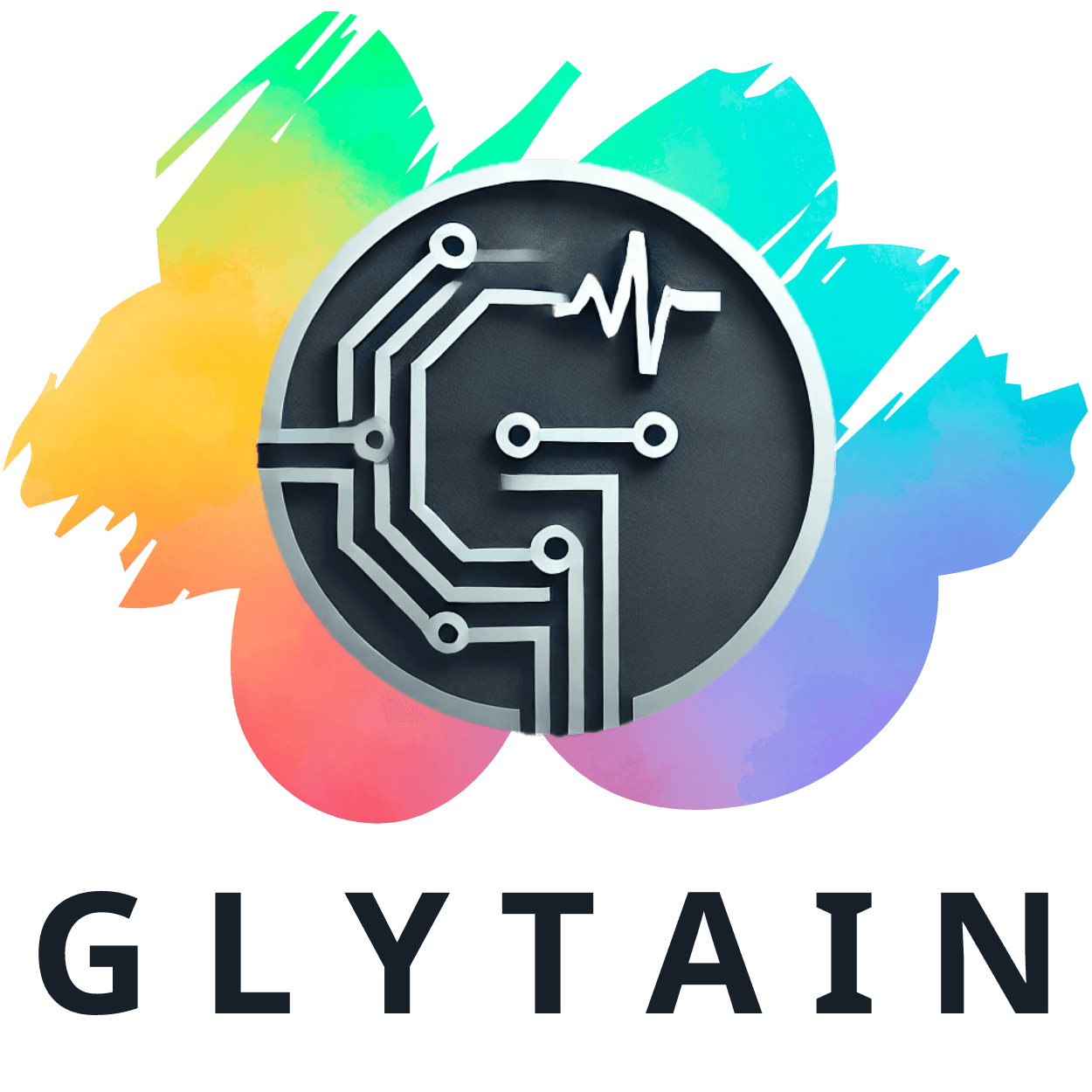
Exploring the Bright Side of AI's Energy Use
As the world grapples with the energy-intensive nature of artificial intelligence (AI), there’s an emerging narrative of cautious optimism. Amidst the rising carbon footprint due to high AI energy demands, advancements in technology could pave the way for more sustainable AI solutions. Here’s a closer look at the four main reasons to feel hopeful about AI’s energy usage.
Innovations in AI Efficiency
Firstly, ongoing innovations in software efficiency are being developed to lower energy consumption without sacrificing performance. These advancements focus on optimizing algorithms that power AI models, which means they can achieve more with less energy. This represents a significant step towards balancing the need for powerful AI capabilities with a responsible approach to energy use.
Advancements in Chips and Infrastructure
Secondly, breakthroughs in chip technology promise greater energy efficiency at the hardware level. Companies are racing to develop chips designed specifically for AI tasks, which, unlike traditional processors, can handle data operations in a more power-efficient manner. Enhancements in data center operations, such as cooling systems and power management, further reduce the overall energy demand of AI applications.
Business Incentives for Energy Efficiency
The third factor is capturing the business landscape’s shift towards sustainability. As companies face increased scrutiny regarding their carbon footprints, adopting energy-efficient AI becomes not just a moral obligation but a competitive advantage. This economic incentive encourages investments in technology that significantly reduces energy costs in the long run.
Real-World Applications and Progress
Finally, it’s worth mentioning the tangible impact of these strategies in real-world scenarios. For instance, businesses implementing these practices are reporting lower operational costs and enhancing their sustainability profiles. This blend of economic and environmental benefits represents a promising future for AI energy use.
Conclusion: Navigating Towards a Sustainable Future
As the conversation around AI’s energy demand continues, acknowledging and fostering these innovations is crucial. By prioritizing efficiency and sustainability, the future of AI can be both powerful and responsible. This perspective not only reassures technologists but also encourages industries to take actionable steps towards greener practices.
 Add Row
Add Row  Add
Add 




 Add Row
Add Row  Add
Add 

Write A Comment